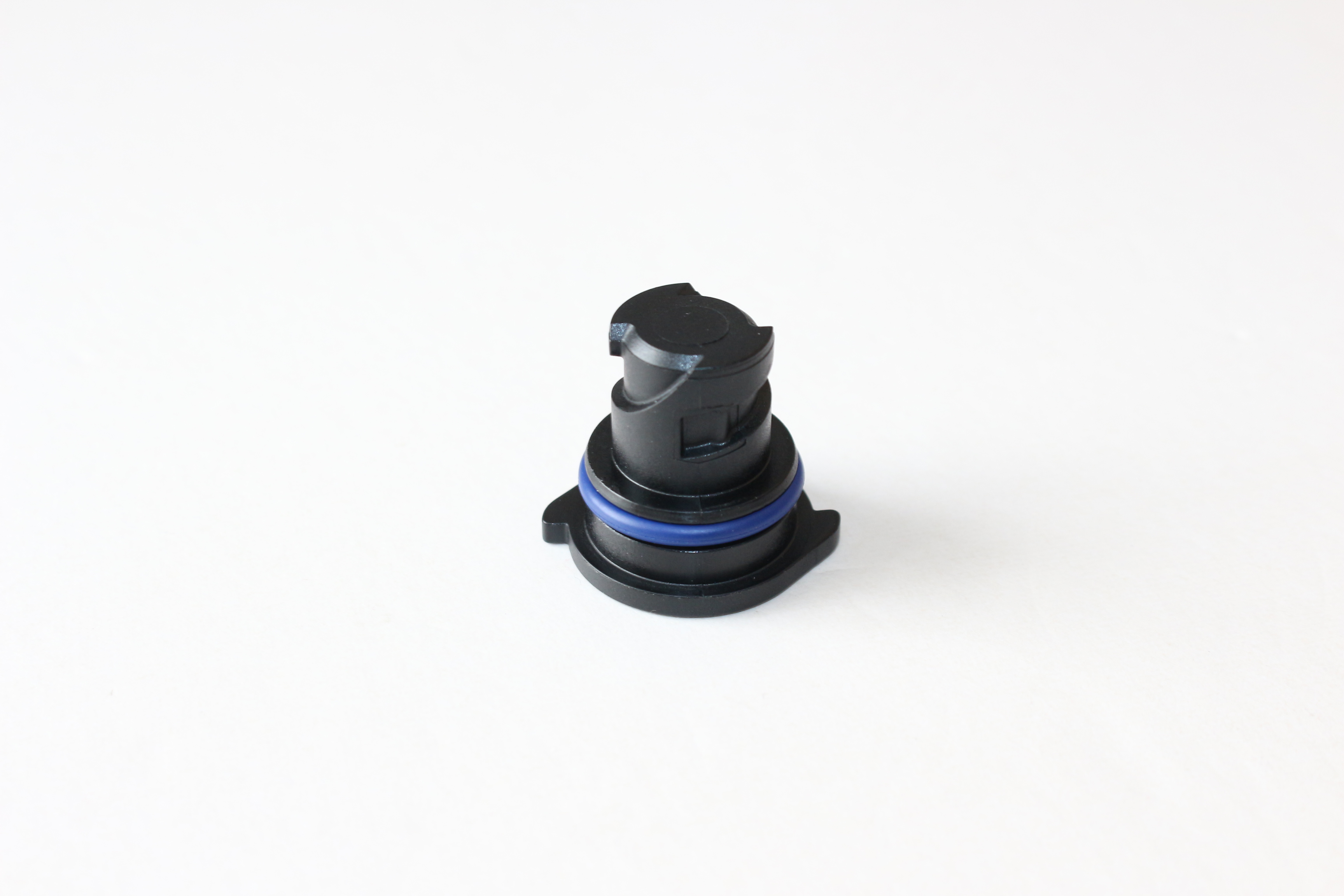radial shaft seal
Understanding Radial Shaft Seals Functionality and Importance
Radial shaft seals, also known as lip seals or oil seals, play a crucial role in various mechanical systems by preventing fluid leakage and protecting internal components from contaminants. These seals are typically used in rotating machinery, such as automotive engines, pumps, and gearboxes, where they ensure the integrity and efficiency of the system.
Construction and Design
Radial shaft seals are composed of a few key components. The most significant parts include the elastomeric sealing lip, a metal or plastic casing, and sometimes a spring that exerts pressure on the sealing lip to enhance its contact with the shaft. The sealing lip is designed to create a tight, non-permeable barrier that conforms to the shape of the shaft, allowing it to accommodate slight deviations caused by wear or misalignment.
The materials used in radial shaft seals are critical to their performance. Common materials include nitrile rubber (NBR), fluorocarbon rubber (FKM), and polyurethane, each selected based on the specific application requirements, such as temperature resistance, chemical compatibility, and oil resistance.
Functionality
The primary function of radial shaft seals is to prevent the leakage of lubricants, such as oil or grease, from the machinery while also blocking the ingress of dirt, dust, and moisture
. This barrier is vital for maintaining lubrication and reducing friction between moving parts, thereby prolonging the life of the machinery and ensuring optimal performance.radial shaft seal

In addition to sealing, radial shaft seals also help minimize the contamination of lubricants, which can lead to premature wear and failure of components. By keeping out harmful contaminants, these seals contribute to the overall reliability and longevity of mechanical systems.
Applications
Radial shaft seals are widely used in countless applications across various industries, including automotive, aerospace, manufacturing, and agriculture. In the automotive sector, they are commonly found in engines, transmissions, and wheel bearings. In industrial machines, they are used in hydraulic pumps, motors, and conveyors.
Due to their critical role, selecting the appropriate radial shaft seal for a specific application is essential. Factors such as the type of lubrication, operating temperature, shaft speed, and environmental conditions must all be considered to ensure optimal performance and longevity.
Maintenance and Replacement
Proper maintenance and timely replacement of radial shaft seals are vital for the efficiency and reliability of machinery. Signs of seal failure can include oil leaks, unusual noises, or excessive wear on rotating components. Regular inspections can help identify potential issues before they escalate into major problems.
In conclusion, radial shaft seals are integral components in many mechanical systems, providing essential sealing functions that enhance performance and reliability. A thorough understanding of their design, functionality, and applications is crucial for anyone involved in machinery design or maintenance. By ensuring that the right seals are selected and maintained, machinery operators can safeguard their equipment, leading to increased productivity and reduced downtime.
-
Understanding Automotive Oil Seals: Essential Components for Engine and Shaft Protection
News Jul.30,2025
-
The Importance of Heavy Duty Seals in Industrial and Residential Applications
News Jul.30,2025
-
Exploring Industrial Oil Seals: From Felt Oil Seals to TTO and CFW Solutions
News Jul.30,2025
-
Essential Guide to Oil Seals: From Radial to Metal-Cased Seals for Industrial Reliability
News Jul.30,2025
-
Choosing the Right Oil Seals and Gaskets for Industrial and Automotive Applications
News Jul.30,2025
-
Cassette Seals: Durable Sealing Solutions for Harsh Environments
News Jul.30,2025
-
Understanding the Front Main Engine Seal: Purpose, Maintenance, and Installation
News Jul.29,2025
Products categories















